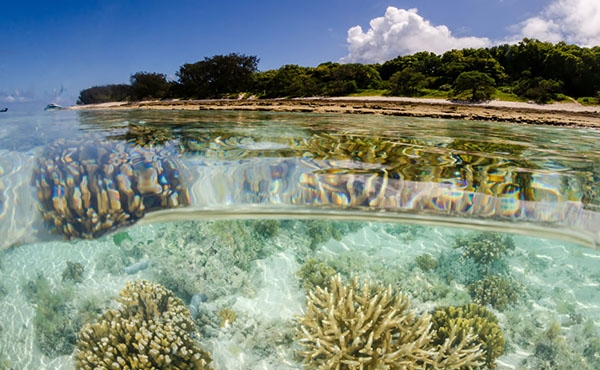Grass and sedgelands are dominated by a range of non-woody or herbaceous species, and they include tussock and hummock grasslands, sedgelands and forblands (ecosystems dominated by non-grass herbaceous plants). Grass and sedgeland ecosystems occur throughout the Catchment, their distribution driven primarily by soils and climate. Grasses on dune systems are important for the health of the Reef because they stabilise coastal soils, regulate nutrients, and provide a buffer against the erosive forces of wind and rain.959 Grass and sedgelands also slow the velocity of overland water flows and provide natural hazard protection in some instances. Knowledge gaps exist around the condition of this ecosystem. Land use intensification and invasive species cause the greatest threats to grass and sedgelands.960
Significant habitat loss has occurred since European settlement. The limited data available on grass and sedgelands show no recent significant changes to habitat extent.


